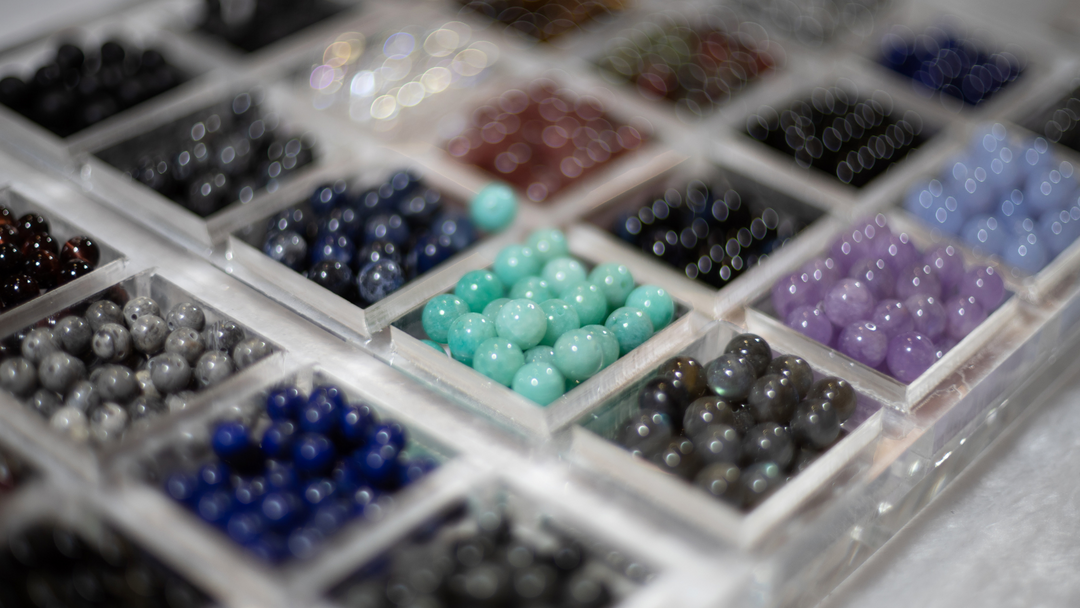Gold - A timeless precious metal with diverse value
Gold, the fascinating precious metal, has exerted a special attraction on mankind for thousands of years. Whether as jewelry, currency reserve or investment instrument, gold has found its place in history and in the hearts of people. In this blog post, we will explore the various facets of gold, discuss its value as an investment, and why it remains a popular choice for investors and jewelry lovers.
Gold has a long history that dates back to ancient times. Even in ancient civilizations like Egypt, Rome and China, gold was revered as a symbol of wealth and power. It was used for royal treasures, religious artifacts and royal crowns. Today, gold still has deep cultural significance and is used on festive occasions such as weddings and anniversaries as a symbol of love and prosperity.
Gold is often considered a safe investment because it retains its value over time. Unlike paper currencies or other investments, gold cannot be easily printed or multiplied. Its limited availability and high demand make gold a stable investment option that often serves as a hedge during turbulent economic times. It has proven to maintain its purchasing power over the long term and in many cases has even increased in value.
Investors often consider gold an important component of their investment portfolio. Adding gold can diversify the portfolio and reduce risk. Gold has proven to be a counter to other asset classes such as stocks and bonds. In times of economic uncertainty or volatility, gold can help cushion losses and mitigate overall risk. Inflation can significantly reduce the value of traditional currencies. Gold, on the other hand, has shown that it can increase in value over time in line with inflation. This is because gold, as a limited and desirable commodity, is not affected by the same inflationary effects as paper money. Investing in gold can therefore be seen as protecting against the depreciation of money.
In addition to its role as an investment, gold has a long tradition as a jewelry material. Gold jewelry is valued for its beauty, durability and elegance. Whether worn as a wedding band, necklace or bracelet, gold is timeless and adds a touch of luxury to any outfit. It is an expression of style and personality and retains its value emotionally.
Gold karat and purity:
Gold is often offered in different karat types to indicate the purity of the metal. The karat value refers to the percentage of pure gold in an alloy. Here are the most common gold karat types:
- 24 karat: 24 karat gold is the purest gold you can find. It is 99.9 percent pure gold, with no admixture of other metals. However, due to its softness, 24 karat gold is rarely used in jewelry because it is prone to scratching and warping.
- 23.2 karat: 23.2 karat gold is 96.7 percent pure gold and 3.3 percent other metals. It is a relatively rare karat value and is sometimes used for special jewelry or collectibles.
- 22 karat: 22 karat gold consists of 91.7 percent pure gold and 8.3 percent other metals. This karat value is often used for traditional jewelry, coins and cultural artifacts. It is a popular karat value for gold jewelry in many parts of the world.
- 21.6 karat: 21.6 karat gold is 90 percent pure gold and 10 percent other metals. This karat value is occasionally used, but is less common than 22 karat gold.
- 21 karat: 21 karat gold consists of 87.5 percent pure gold and 12.5 percent other metals. This karat value is also occasionally used, especially in some countries with cultural or historical references.
- 18 karat: 18 karat gold is 75 percent pure gold and 25 percent other metals such as copper, silver or palladium. This alloy gives the gold strength and durability while maintaining its warm yellow hue. 18 karat gold is often used for high-end jewelry because it offers a good balance of purity and stability.
- 14 karat: 14 karat gold is 58.3 percent pure gold and 41.7 percent other metals. It is slightly less pure than 18 karat gold, but still of good quality and durability. 14 karat gold is often used for jewelry worn in everyday life, as it is strong enough to withstand daily wear and tear.
- 10 karat: 10 karat gold is made up of 41.7 percent pure gold and 58.3 percent other metals. It is the lowest purity that is still considered real gold. 10 karat gold is often used for jewelry where strength and price are more important than pure gold purity.
- 9 karat: 9 karat gold is 37.5 percent pure gold and 62.5 percent other metals. It is a karat value commonly used in some countries such as the United Kingdom. 9 karat gold is often used for inexpensive jewelry because it has a lower purity, but still offers the aesthetic value and durability of gold.
- 8 Carat: 8 carat gold is made up of 33.3 percent pure gold and 66.7 percent other metals. It is a karat value that is less common and less common. 8 karat gold is often used for jewelry where the focus is more on strength and durability than pure gold purity.
It is important to note that the lower the karat value, the lower the pure gold content in the alloy. Choosing the right karat value depends on personal preference, intended use and budget.
The different gold karat types offer a variety of options for jewelry lovers. From pure 24 karat gold to the stable common alloys such as 18, 14, 10, 9 or 8 karat gold, there is a choice for every taste and requirement. When choosing gold jewelry, it is important to consider the karat value to find the right balance between purity, durability and price. Regardless of the karat value, gold remains a coveted choice as a timeless precious metal that combines beauty, value and expressiveness.







